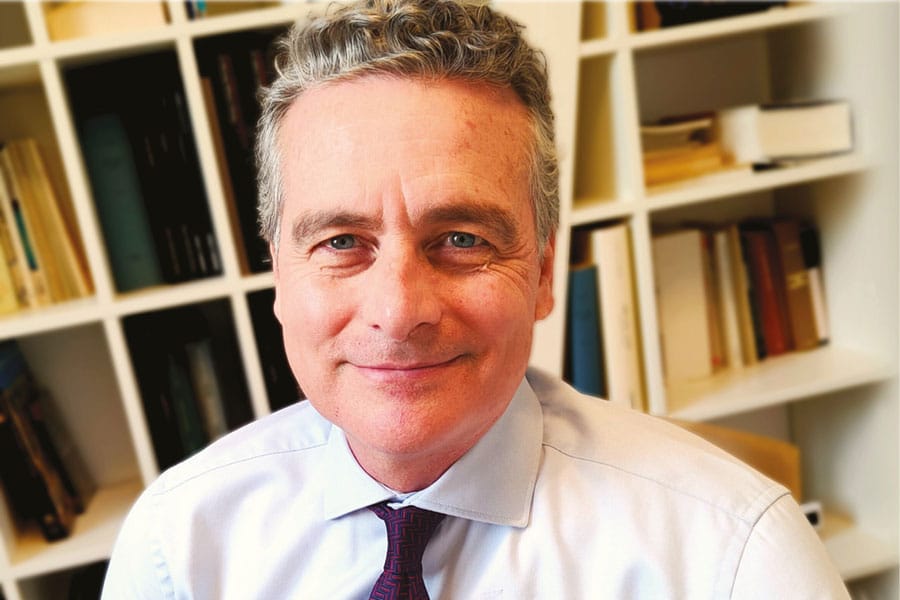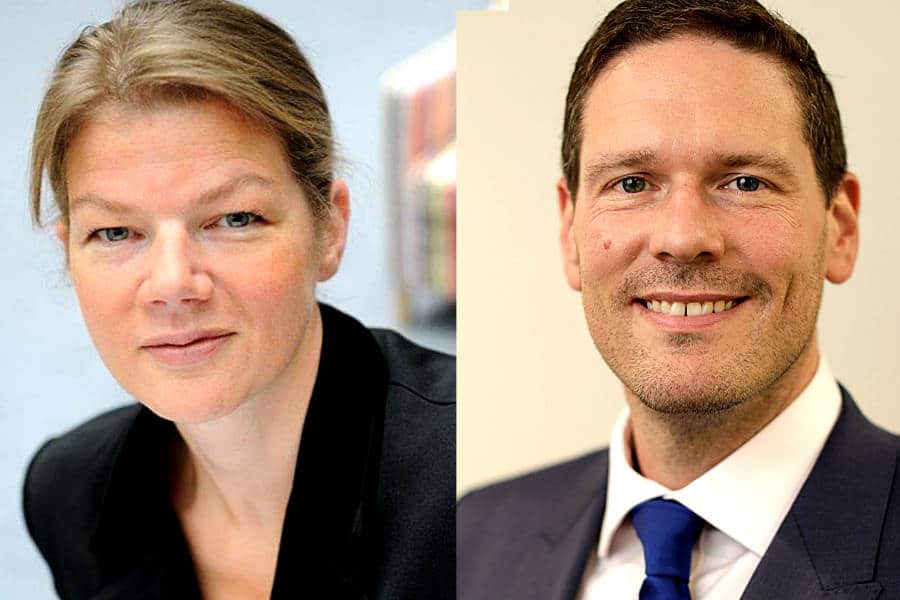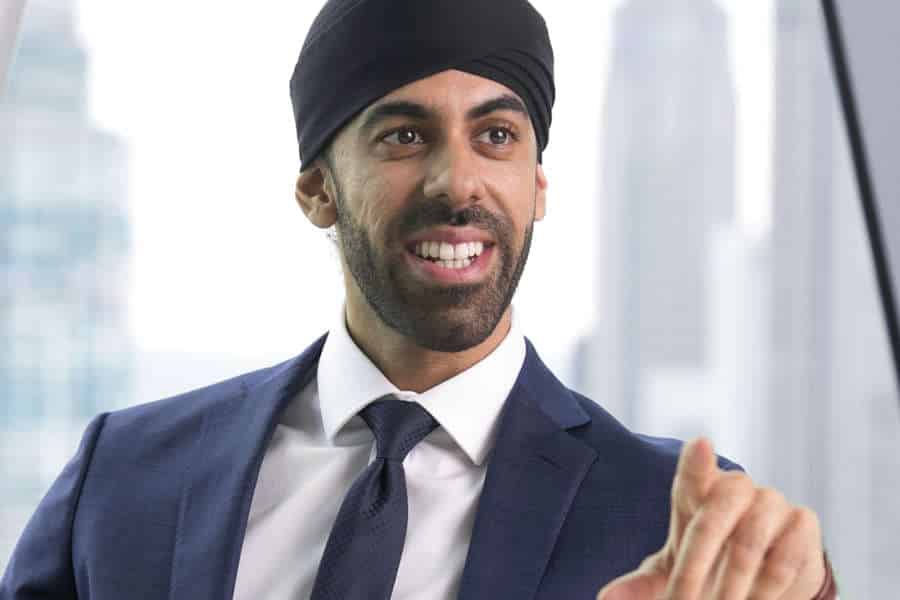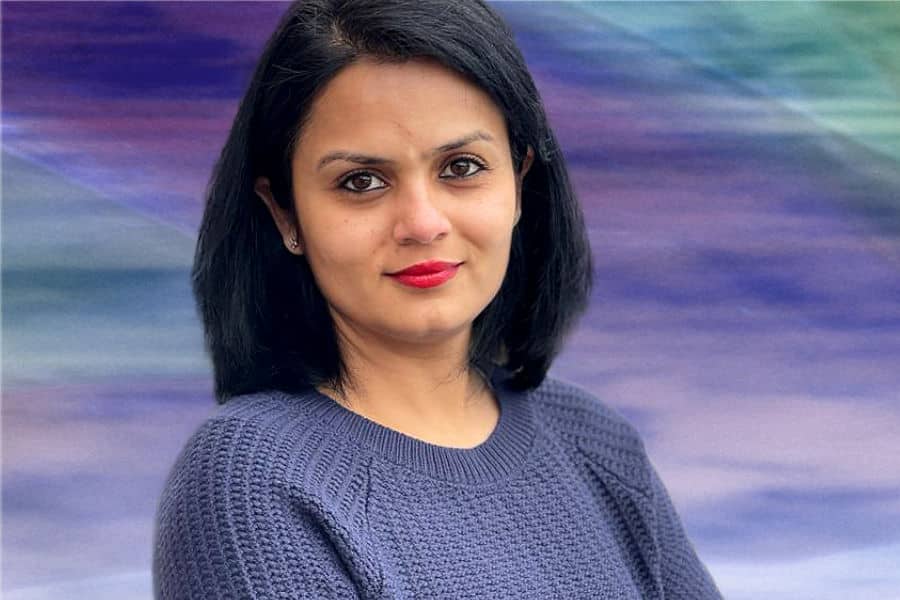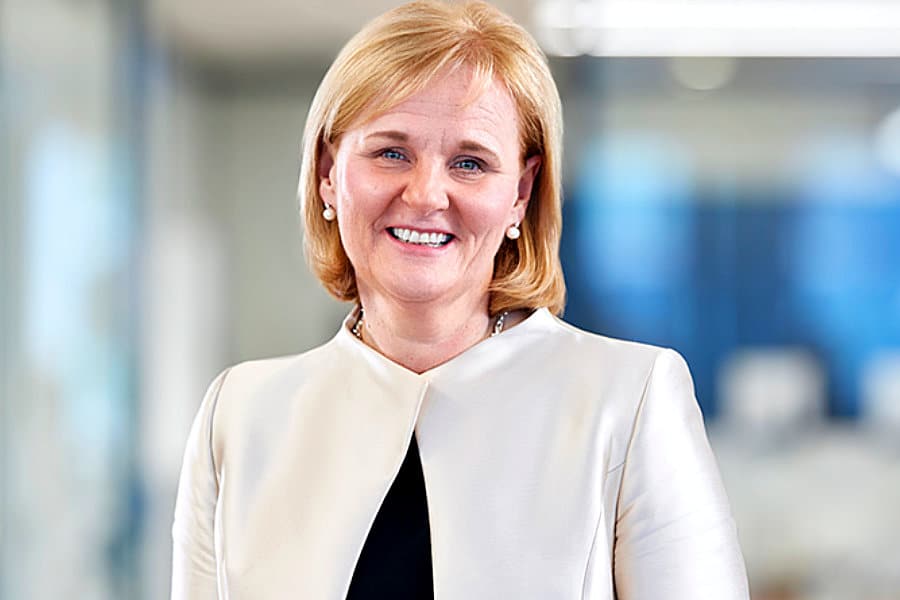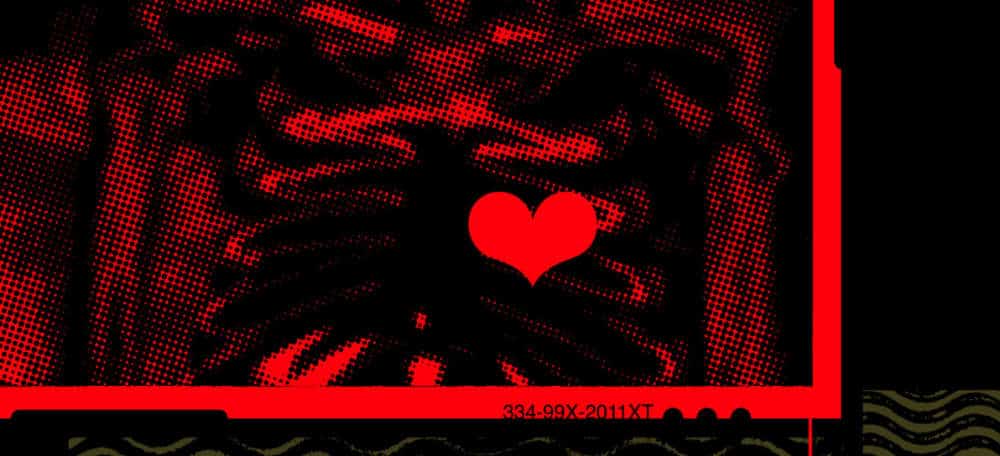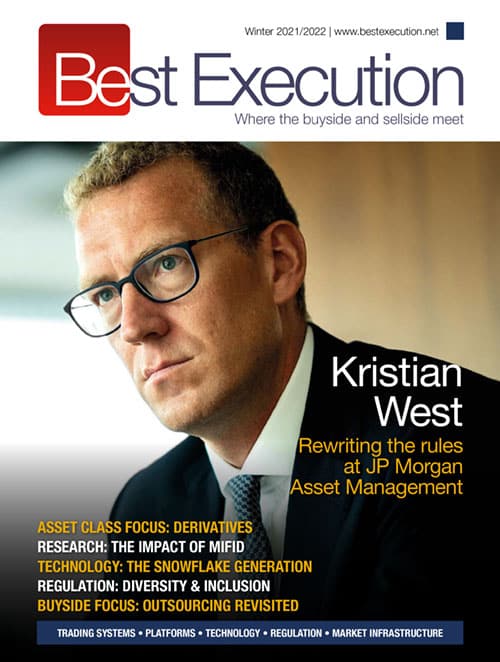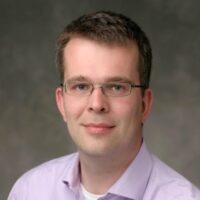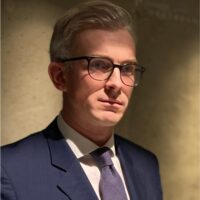Mario Domenico Recchia, Managing Director, Product Management GTB, IMI CIB Division, Intesa Sanpaolo.
In recent years we’ve seen brokerage and custody providers face significant changes, driven in part by regulation and in part by business. The services on offer have become more focused as brokers and custodians have specialised their business models to better serve institutional investment flows versus retail trading flows. In this environment, intense competition has compressed margins resulting in scale being the only way to guarantee economic sustainability.
Traditional banks and brokers that service retail and private banking clients are facing very challenging times with mounting competition from new broker entrants looking to capitalise on the surge in retail trading volumes. Research shows that this surge comes in part from investors having exploited greater flexibility in managing their time, with global lockdown measures allowing them to better follow the markets in a general search for more income. In this environment, these new ‘challenger’ brokers have been able to service their end clients with technologically advanced, cutting-edge digital channels, trading tools and apps, rolled out without the legacy technology problems hindering traditional banks and brokers. The incumbents can only remain competitive and maintain their client base by reducing their fees, which leaves little room for significant investment in upgrading their internal and client-facing platforms.
As a consequence, many traditional banks and brokers are beginning to take a different approach by examining ‘Broker-to-custody solutions’ as an answer these issues. These solutions aim to seamlessly combine execution, settlement and asset servicing activities as a value proposition. This set-up can be key to obtaining operational efficiencies, leading also to improved customer services, while relying on the deep and sophisticated capabilities of a specialised provider directly connected to exchanges and settlement infrastructures. This generally requires a new way of evaluating exactly ‘what’ can be offered by a provider adopting a holistic enterprise vision, breaking down if necessary historical, internal silos and fiefdoms, keeping in mind that in many organisations the final selection of a brokerage provider or a custody provider is decided by different arms of the organisation, often in a disjointed way. For instance, with execution services the decision is usually left to the head of trading, while for custody this may fall under the head of operations, or a dedicated network management division. Therefore, it becomes vital that these areas work together in identifying a unified vendor selection process strategy, highlighting the overall benefits to be delivered in rationalising its brokerage and custody provider network.
Logically, a reduction in the number of vendors being managed by the firm brings with it efficiencies by reducing operational risks, significantly eliminating failing trades, simplifying liquidity needs, and allowing the rationalisation of connectivity protocols between the client and vendor. The client’s middle and back offices can also be reorganised and made more agile. Fewer suppliers, by combining the execution and post-trade services being received by a client, can also simplify the legal and operational contracts that have to be stipulated in setting up these relationships, and which have to be continuously managed afterwards, with the evolution of the services and changes in regulation.
Some examples of concrete benefits that arise from putting in place a broker-to-custody solution are:
- Automatic matching of the OTC leg of trades to be settled. Once executed on the market the trades can be automatically grouped and settled on the account of the client in accordance with pre-defined rules eliminating the need to instruct the OTC leg of the transaction, thus reducing transaction fees
- Reduction or elimination of fail trades. Since matching takes place earlier within the broker-to-custody’s systems, the vendor’s middle and back office teams are in a better position to reconcile and proactively monitor, on behalf of the client, the settlement of the trades for the intended settlement date.
- Proactive or on-demand short coverage of failing trades. The unique position of the broker-to-custody solution in the trade life-cycle can identify earlier and resolve problem trades; coverage for short positions can be sourced more quickly. Optionally, this activity can even be left to the broker-to-custody solution provider to manage.
- Optimisation of reconciliation processes. Depending on forecasting and the reporting methods used by a client, the verification of end-of-day cash and securities balances can be simplified or eliminated.
- Rationalisation of vendor due diligence activity. Given the critical nature of the brokerage and custody services, an organisation has a responsibility to systematically oversee the quality and robustness of such services to include the vendor’s BCP/DR capabilities and planning. Moving from several to one provider eases such engagement.
- Information on fees. Commission accounting and verification can be brought under one roof, allowing for a firm to monitor its overall spend more effectively.
Regulation
Given the constant changes in regulation in the last decade, impacting both the execution and custody sectors, using a broker-to-custody solution can also future-proof the business, thus insuring that services to the end retail or an institutional segment are fully compliant with future norms.
 Some of the recently implemented regulations having impacted the European execution and post-trade services landscape have been very CAPEX intensive when you look to MIFID II, (impacting best execution, annual pricing transparency, custody asset segregation), CSDR (covering optional client asset segregation at a CSD, internalised settlement reporting, settlement discipline introducing penalties) and the SHDII (requiring standardised and timely corporate action reporting, facilitating shareholder meeting participation and the identification of the end investor).
Some of the recently implemented regulations having impacted the European execution and post-trade services landscape have been very CAPEX intensive when you look to MIFID II, (impacting best execution, annual pricing transparency, custody asset segregation), CSDR (covering optional client asset segregation at a CSD, internalised settlement reporting, settlement discipline introducing penalties) and the SHDII (requiring standardised and timely corporate action reporting, facilitating shareholder meeting participation and the identification of the end investor).
The regulatory landscape certainly has not stabilised yet as the European legislative bodies and the regulators have an intention to revisit many of these regulations in order to verify that they fit the needs of the financial markets looking forward to the CMU. This means that firms will have to continue to invest in processes and technology both on the execution and the custody sides of the business, and must plan for this on time.
Adopting a broker-to-custody solution can have numerous tangible as well as intangible benefits. When looking to implement such a solution, one has to remember that different degrees of integrated solutions can be put in place – spanning different products such as cash markets, derivatives, and FX – which should also be complemented by a bundling of services for the underpinning of cash and custody account structures, supported also by a range of connectivity, transaction and position reporting tools, market research and intelligence, and day-to-day client support. Depending on the complexities involved, a step-by-step approach can be adopted to implement the set-up, usually deployed by traded product, thus also allowing for the mitigation of project execution risks.
Given today’s operating context, only some significant players in both the execution and custody space have made the proper level of investment to be able to offer a combination of these services. By partnering up with a player that can provide a bundled broker-to-custody solution, long term benefits can be generated, leveraging on the single point of access to efficiently reach a larger number of markets. This also shields a client from local market trading and custody nuances, as well as minimising investments in the future to address regulatory and market changes. All of this can only lead to the strengthening of a client-vendor relationship, creating a long-lasting rapport and generating true value for a firm.
©Markets Media Europe 2022
[divider_to_top]

